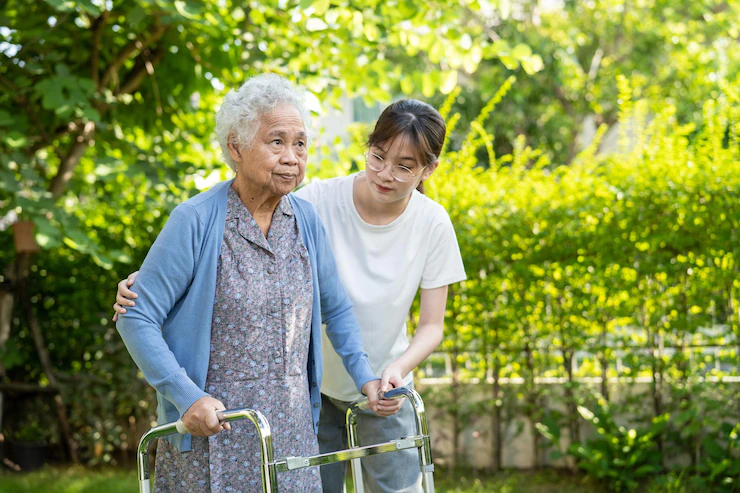A retirement village is an interesting concept, where people in their senior years come together to enjoy their golden years by living and socializing together.
A retirement village is a great place to live, giving you an excellent chance to get away from the hustle and bustle of everyday life and enjoy some peace and quiet.
Here Are Three Prime Things About Living In Retirement Villages
Retirement villages offer several benefits over living in other types of communities and homes, whether it’s because of the better care you can get as you age or simply because they’re more comfortable places to live in general. Here are three great things about living in retirement villages in Australia.
1) Safety

One of the best things about living in retirement villages is that you don’t have to worry about personal safety. The staff is always present and they do a great job of keeping everything safe and secure. With CCTV, security patrols, strict visitor procedures, and more, there’s no need to feel unsafe ever again.
It’s wonderful to know you can live in peace without fear of anything bad happening. And with everything taken care of for you, all you have to worry about is relaxing! You won’t have to worry about cooking or cleaning, which means more time for hobbies, visiting family, or just sitting back and enjoying your golden years.
2) Security

Knowing that you will never be alone is a great comfort for seniors. The majority of retirement communities also have 24-hour security and emergency response systems, which means there is always someone to call if something happens.
You don’t have to worry about your home being vandalized or burglarized when you live in a retirement community. The staff at retirement communities are trained in CPR, first aid, and dementia care, so you know they will take good care of you if anything goes wrong.
3) Convenience

Retirement villages offer a lot of conveniences to their residents. They are usually located in a safe environment, with well-lit sidewalks and plenty of security. Residents have access to the amenities they need, such as grocery stores, pharmacies, libraries, and doctors’ offices.
There are also a lot of recreational opportunities available for those who don’t want to stay in their homes all day. For example, you can play on a golf course or go to bingo games at some retirement villages.
You may be able to take classes like cooking or learn a new language. Some people enjoy volunteering in different capacities, whether it’s reading stories to children or helping out at senior centers. Whatever your interests are, there is likely something that will fit into your schedule in your community.
When you live on your own, even if it is just one person occupying an entire home (most retirement villages allow single occupancy), there’s always someone else coming through your front door when you’re not expecting them.
If you live with other people, disagreements and arguments happen from time to time which can make the space feel smaller than it really is. The beauty of living in a retirement village is that everyone shares communal space together where everyone has equal say about what goes on within the community.
Read Also:






















